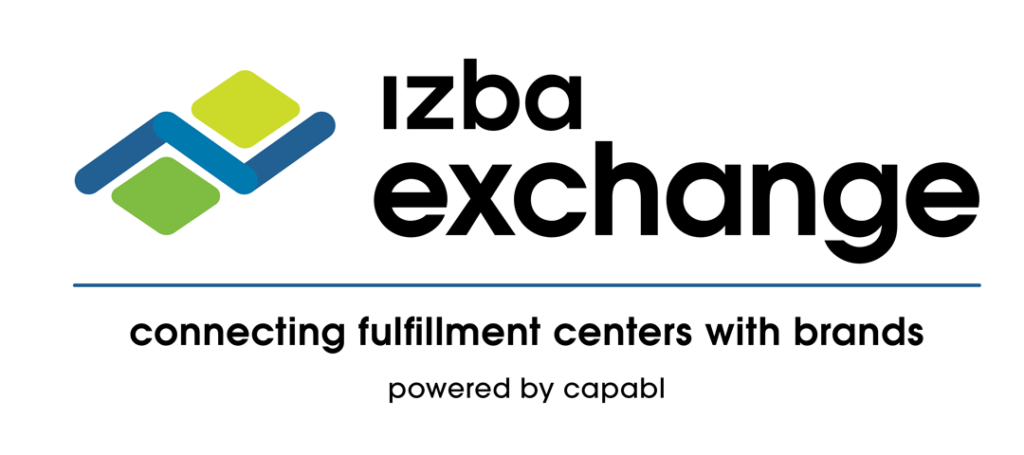When launching in Asia, choosing the right market entry model is critical. Your path will influence everything from brand perception to cash flow. Here’s a breakdown of the three most common go-to-market models, including when to use them, key pros and cons, and who each model is best suited for.
1. Cross-Border DTC (Direct-to-Consumer)
This model involves shipping products from your home country to customers in Asia. Logistics providers like Passport and FlavorCloud can simplify duties, taxes, and customs paperwork.
When to Use:
- You’re testing demand before committing to inventory.
- Your average order value can absorb high shipping costs.
- You have a strong operational backend for international fulfillment.
Pros:
- Low upfront cost and complexity.
- Fast to launch with minimal infrastructure.
- Retain full brand control.
Cons:
- Long shipping times (7–20 days depending on market).
- High delivery costs can hurt margins.
- Higher risk of delivery delays and customs issues.
Best for:
- Emerging brands with limited resources.
- Product categories with high margin or exclusivity.
- Brands collecting data before committing to a specific market.
2. In-Market Fulfillment Centers
Set up warehousing and fulfillment inside Asia, either through a 3PL or by partnering with a logistics provider.
When to Use:
- You’ve proven demand in one or more Asian countries.
- You want to offer 2-3 day local delivery.
- Your product benefits from a premium customer experience.
Pros:
- Faster delivery improves conversion and customer satisfaction.
- Lower cost-per-order vs. cross-border shipping.
- Greater control over returns, packaging, and service.
Cons:
- Requires inventory investment and demand forecasting.
- Regulatory complexity varies by country.
- You may need a local entity depending on location.
Best for:
- Mid-size to large brands scaling in Asia.
- Brands with an omnichannel strategy (e.g., retail + DTC).
- Categories like beauty, wellness, and baby care where speed and trust matter.
Recommended markets:
- Singapore (duty-free, English-speaking)
- Hong Kong (low import tax, strong infrastructure)
- Japan (complex, but highly efficient logistics)
3. Local Marketplaces & Distributors
This path involves selling through eCommerce platforms like Lazada, Shopee, Rakuten, or Amazon Japan, or working with a local distributor who handles regulatory compliance, importation, and retail placement.
When to Use:
- You want to reach a large customer base quickly.
- You prefer a partner to handle operations and compliance.
- You’re entering a market where marketplace dominance matters (e.g., Southeast Asia).
Pros:
- Built-in traffic and trust from local customers.
- Fewer operational burdens.
- Marketplace campaigns can drive rapid brand awareness.
Cons:
- Lower margins due to fees and partner cuts.
- Less control over brand experience.
- Dependence on partner success and transparency.
Best for:
- Brands with limited in-house logistics experience.
- CPG brands seeking retail exposure in addition to DTC.
- Large catalogs or products with broad appeal.
Pro tip: Consider starting with a marketplace to build brand awareness, then move into fulfillment centers to improve margin and control.




